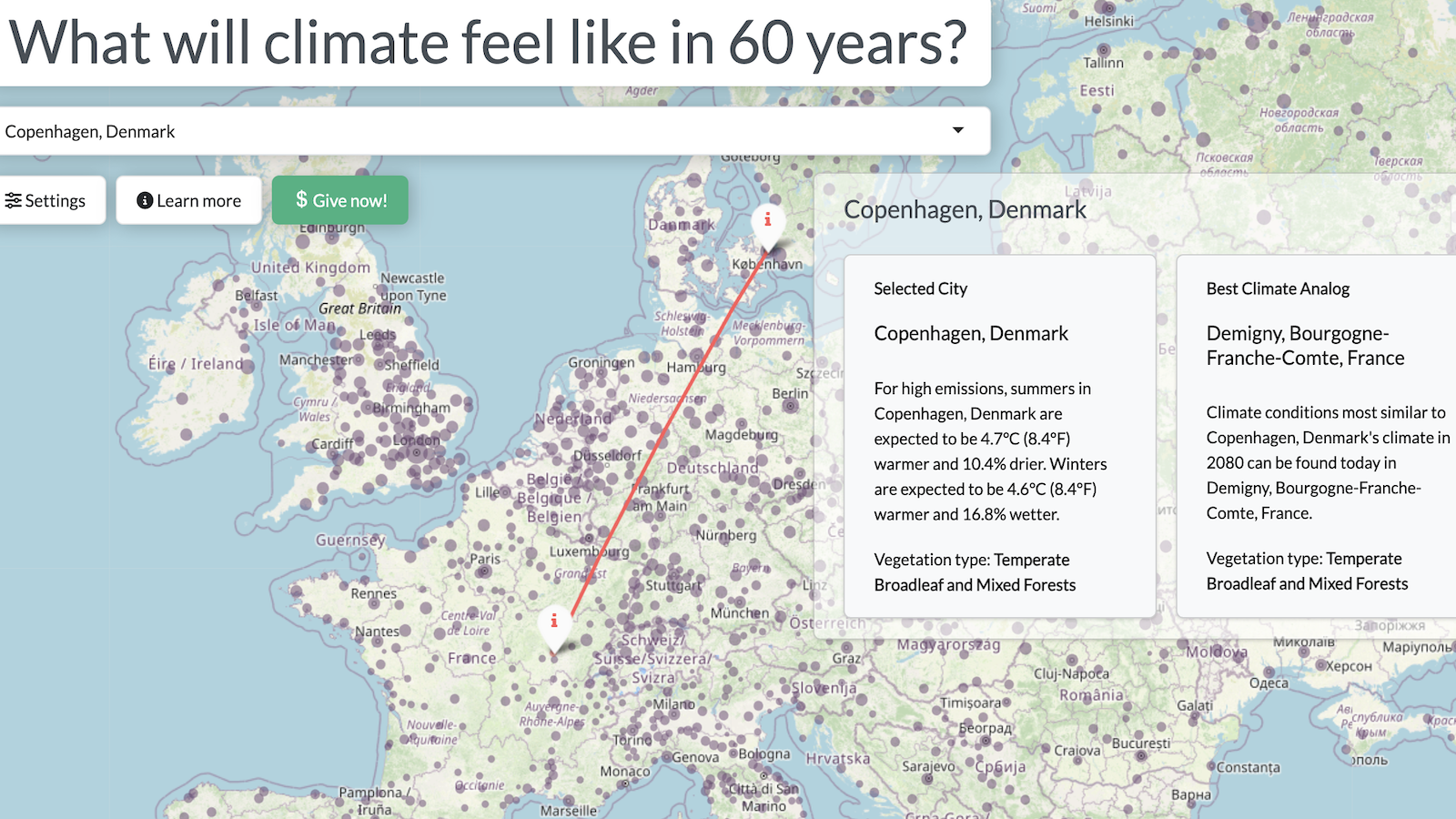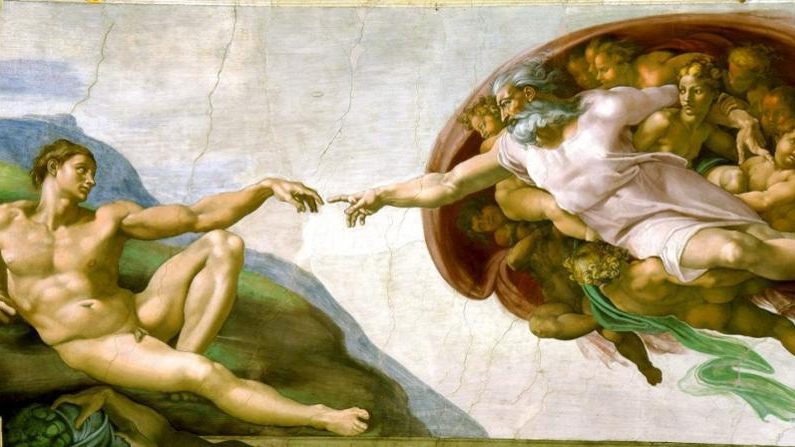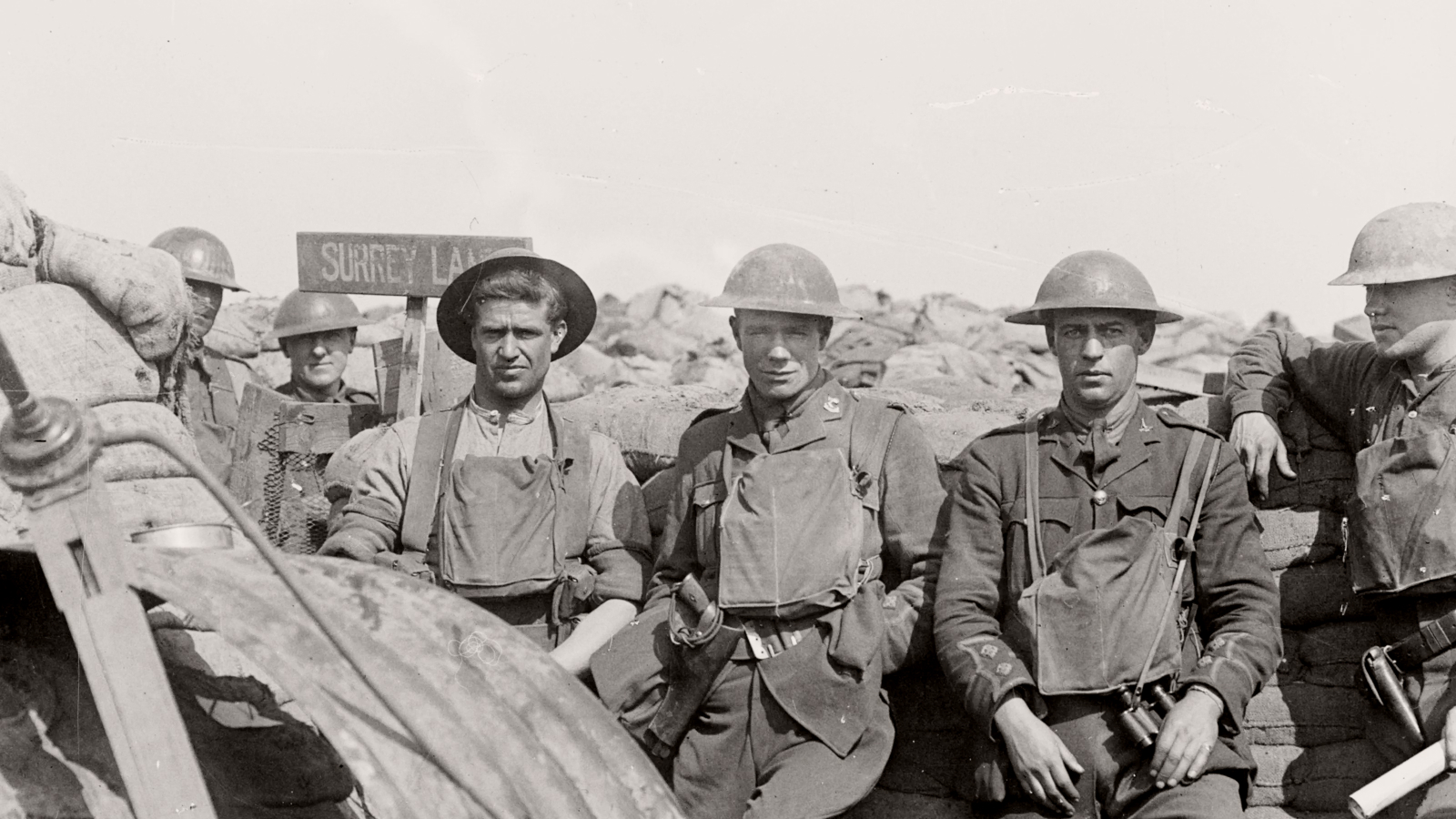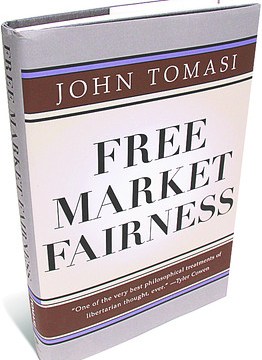How the Middle East and America Became the Best of Enemies in Words and Pictures

With spring blooming all around us here in the United States, it’s natural that our thoughts go to, well, last spring, specifically the “Arab Spring” that saw the rise of people’s revolutions and the fall of tyrannical governments. Unfortunately, the average American recalls that tumult as an excited blur, mainly because of the general ignorance not only of the history of that region, but also of our country’s significant role in that history. For anyone wanting to sharpen that blur into a clearer view, the graphic novel Best of Enemies: A History of US and Middle East Relations, Part 1: 1783-1953, written by Jean-Pierre Filiu and illustrated by David B., is a good start. Be prepared to discover that the clearer picture isn’t a pretty one for Americans, but one that we need to see to have any hope of ever breaking free of the relentless cycle of history.
Graphic novels and comics in general still suffer from the misperception in some circles of being child’s play. Best of Enemies is nothing but a serious, adult matter. French historian Jean-Pierre Filiu is an internationally recognized expert on the Middle East. Few writers could bring a more comprehensive, incisive mind to untangle the baroque turns of American—Arab relations since the late 18th century. Fellow Frenchman, Pierre-François “David” Beauchard, better known by his comic artist pen name David B., takes Filiu’s words and gives them form with his characteristic overflowing and highly symbolic style. American readers remember David B. best for his autobiographical graphic novel Epileptic, in which the artist recounts his childhood centered around his brother’s epilepsy, which became the greatest fear and symbol of his youth. Similarly, David B. takes aspects of the history of the U.S. in the Middle East and turns fears into symbols and, in turn, into understanding.
Best of Enemies begins at the beginning of storytelling, with a brief recitation of the Epic of Gilgamesh. Just when you think you’ve oriented yourself in that ancient epic, the characters begin to sound like modern warmongers, as the authors insert the words of contemporary war architects into the mouths of Gilgamesh and Enkidu. Filiu and B. follow up that surreal set-up with a troubling parallel between the pile of bodies in the ancient Stele of the Vultures and the “dogpile” of the infamous Abu Ghraib photos. These opening episodes set the tone of telling parallels and tragic repetitions that mark the whole history.
Filiu and B. excel in breaking down the complexities of the history into intelligible parts. The first part uses the natural appeal of piracy to draw the reader in. What most Americans only know vaguely as “the shores of Tripoli” from the “Marines’ Hymn” becomes the full story of the American battle in the 1780s with the Barbary States of Tripoli and Algiers. “And so America was no sooner born than it found itself at war with countries thousands of miles away,” Filiu writes, drawing immediately to mind more recent parallels such as Vietnam, Afghanistan, and Iraq. Not much later, President Thomas Jefferson approves an American-engineered overthrow of a Middle Eastern government, starting the sad precedent repeated far too often. The war on water quickly transitions to the war for oil that we know so well today. The final chapter focuses on Jefferson’s legacy of the coup d’etat as it played out in 20th century Iran when America forced the Shah on the Iranian people.
David B.’s art matches the clarity and memorable quality of Filiu’s writing. For example, the familiar turban of the stereotypical American idea of the Middle East becomes a powerful motif in B.’s visual scheme. The swirling lines of the turban symbolize the swirling lines of conflict between powers, but B. finds great versatility in that single symbol. In one image, the lines of the rounded turban become the waves upon which naval battles are fought under different flags (image shown above). An incensed Jefferson stomps away from failed treaty negotiations across a similar turban globe as John Adams beseeches him to reconsider. Even later, a turban becomes a merry-go-round of political intrigue punctuated by murderous succession to the throne.
I came away from Best of Enemies with a feeling of loss paired to the feeling of understanding gained. I knew America’s involvement in the Middle East was a long, dark one, but seeing personal heroes such as Jefferson and Franklin Delano Roosevelt with blood on their hands opened my eyes to the immensity and pervasiveness of the problem. No single volume can hope to explain the tortured relationship of the U.S. and the Middle East, but Best of Enemies sheds light on this dark “friendship” that might enlighten and, hopefully, inspire change.
[Image: David B. Back cover of Best of Enemies.]
[Many thanks to Abrams for providing me with the image above and a review copy of Best of Enemies: A History of US and Middle East Relations, Part 1: 1783-1953, written by Jean-Pierre Filiu and illustrated by David B.]




